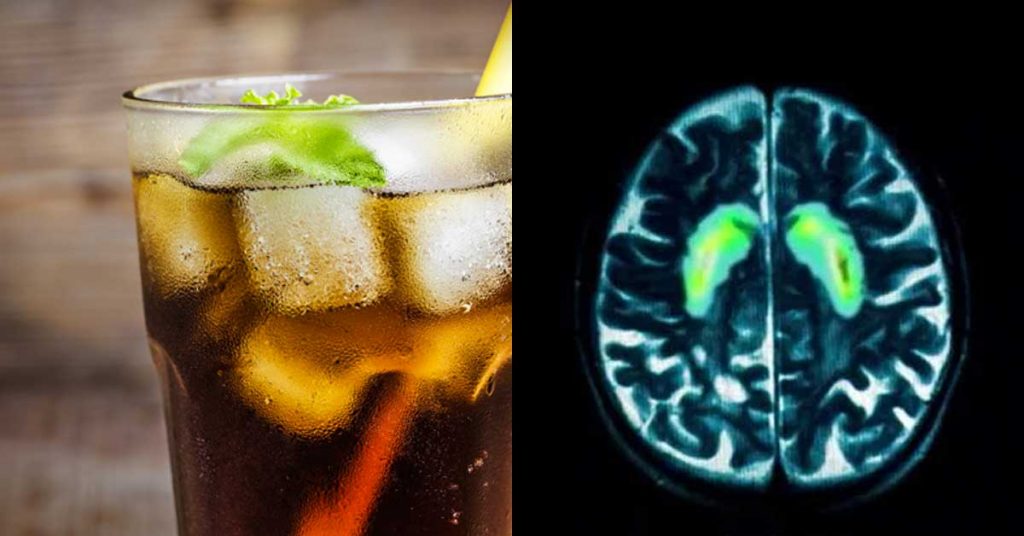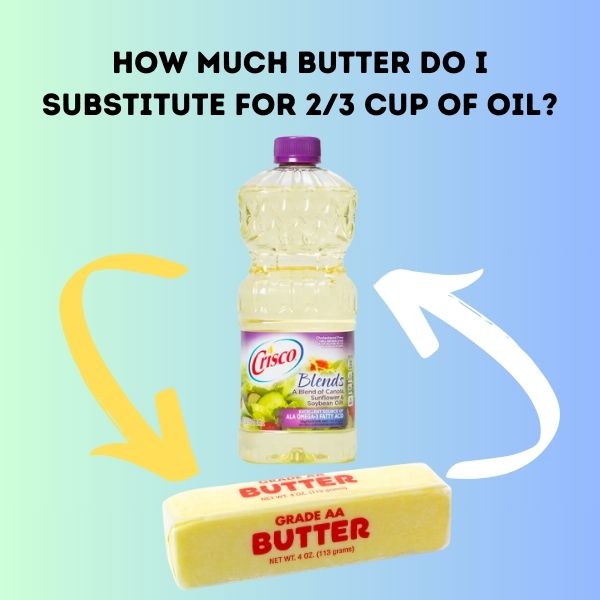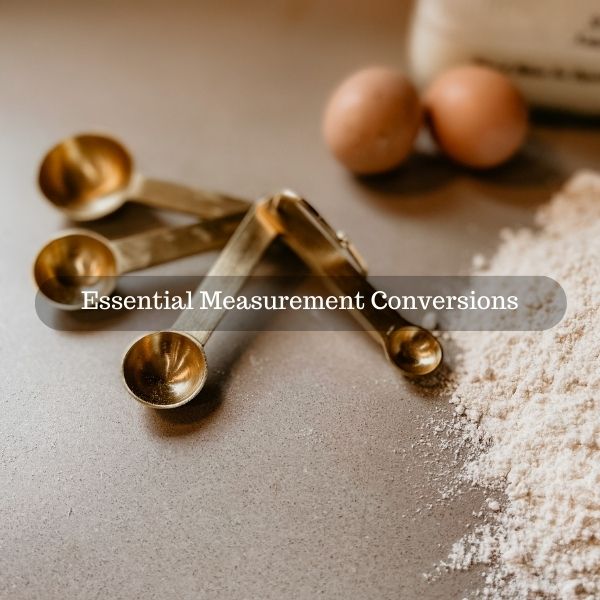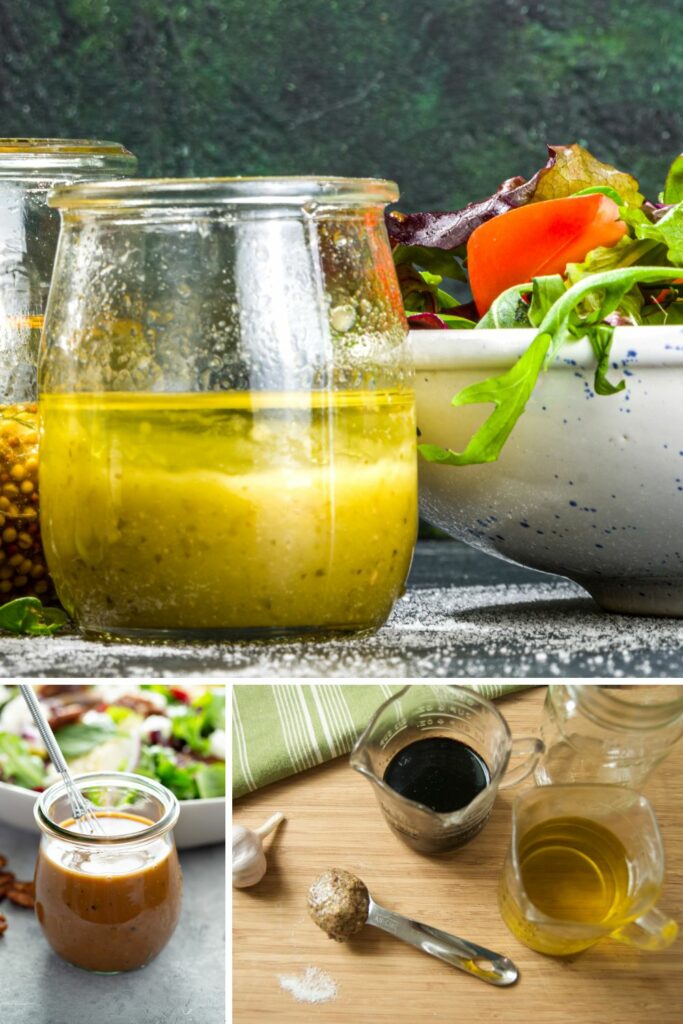Fortunately, Americans are becoming increasingly aware of the disastrous effects of the consumption of soda drinks, and the newest Gallup poll found that about two-thirds (63 percent) of them claim that they avoid it in their diet.
This is good news if we regard the fact that this percentage was 41% in 2002.
The soda industry reached its culmination in the1980s and 1990s when Coca-Cola started upsizing its drinks. In 1994, they introduced the 20-ounce plastic bottle. Nowadays, it is a $75-billion market.
Research has shown that the increased consumption of soda led to higher obesity and diabetes rates, as well as numerous other health risks.
According to Businessweek:
“For decades, soft-drink companies saw consumption rise. During the 1970s, the average person doubled the amount of soda they drank; by the 1980s it had overtaken tap water. In 1998, Americans were downing 56 gallons of the stuff every year—that’s 1.3 oil barrels’ worth of soda for every person in the country.
And then we weren’t as thirsty for soda anymore, and there were so many new drink options that we could easily swap it out for something else. Soft-drink sales stabilized for a few years…
In 2005 they started dropping, and they haven’t stopped. Americans are now drinking about 450 cans of soda a year, according to Beverage Digest, roughly the same amount they did in 1986.”
Then, Coca-Cola decided to regain the popularity of its drinks and introduced smaller sizes, believing that “people stop feeling guilty when they drink it, or, ideally come to see a Coke as a treat.”
Additionally, the company made a decision to target the teen market, and made “personalized’’ drinks, by printing the 250 most common teen names on Coke bottles.
This led to an increase in the sales by 1% in only three months. The beverage consultant Mike Weinstein, former president of A&W Brands, even went right into high schools to find out whether teenagers can identify soda company slogans.
However, people became more aware of the need to change their diets and lower sugar and sugary drinks intake.
As a result, Coca-Cola invested heavily in small “healthy” beverage companies such as Fuze tea, Zico coconut water, and organic Honest Tea, and became the owner of Odwalla and Simply Orange juices, Glaceau Vitaminwater, and Core Power sports drinks.
Yet, soda drinks negatively affect the entire body, including the brain. According to the findings of one animal study, presented at the Annual Meeting of the Society for the Study of Ingestive Behavior, these drinks may be particularly damaging to the brains of adolescents.
Researchers gave sugary drinks to adult and adolescent rats for one month, and the tests for cognitive function and memory found that the adolescent rats had both impaired memory and trouble learning.
When it comes to diet Coke, even though it does not contain sugar, it contains the artificial sweetener aspartame. According to Businessweek, in 2013, the sales of carbonated soda fell 2 percent, and Diet Coke sales by 7 percent.
They believe this is “almost entirely the result of the growing unpopularity of aspartame amid persistent rumors that it’s a health risk.”
The review of the adequacy of the cancer studies submitted by G.D. Searle in the 1970s to the US Food and Drug Administration (FDA) for market approval found that aspartame has potential carcinogenic effects. As the researchers reported:
“Taken together, the studies performed by G.D. Searle in the 1970s and other chronic bioassays do not provide adequate scientific support for APM safety.
In contrast, recent results of life-span carcinogenicity bioassays on rats and mice published in peer-reviewed journals, and a prospective epidemiological study, provide consistent evidence of APM’s carcinogenic potential.
On the basis of the evidence of the potential carcinogenic effects of APM herein reported, a re-evaluation of the current position of international regulatory agencies must be considered an urgent matter of public health.”
Such drinks were found to stimulate appetite, weight gain, and fat storage, and increase cravings for carbs.
According to the findings of a report published in the journal Trends in Endocrinology & Metabolism, diet soda drinkers experience the exact same health issues as regular soda drinkers, like strokes, excessive weight gain, type 2 diabetes, and cardiovascular disease.
There are 16 tablespoons of sugar in a 20-ounce bottle of Cola. As soon as one drinks soda, the pancreas creates insulin due to the sugar intake, contributing to insulin resistance, and high blood sugar levels.
Here are the things that happen in the body after you drink a can of soda:
Within 20 minutes, the blood sugar spikes, and the liver converts massive amounts of sugar into fat.
Within 40 minutes, as a result of the caffeine absorption, the blood pressure increases, the pupils dilate, and the liver pushes more sugar into the bloodstream.
Around 45 minutes, the dopamine production rises, and this affects the pleasure centers of your brain, leading to a physically identical response to that of heroin.
After 60 minutes, the blood sugar crashes, and you crave for another sweet drink or food.
Studies have shown that chronically high insulin levels and the subsequent insulin resistance lead to most chronic diseases, from diabetes to cancer.
Nowadays, the Coca-Cola company tries to rebrand Coke with a new, healthier image of a low-calorie, low-sugar soda in a green can. Yet, even though it contains less sugar and is aspartame-free, it is far from a healthy drink.
In the book of the investigative journalist Michael Blanding, The Coke Machine — The Dirty Truth Behind the World’s Favorite Soft Drink, he says that Coca-Cola bottling plants in India have significantly lowered the water supply, drying up wells for local villagers while also dumping carcinogens like chromium and cadmium into the local environment.
Furthermore, in many third-world countries, they lack access to clean water, so soda becomes the only option for a non-contaminated drink. Yet, as the need for making it rises, the bottling plants increase, which again taxes the water supplies left.
Yet, you need to consider eliminating these drinks from your diet as soon as possible. Find an effective way to treat your soda addiction and overcome food cravings.
Focus on pure water, or at least drink sparkling mineral water with some lime or lemon juice, or sweetened with natural sweeteners.
Gradually work to avoid all kinds of sweetened beverages, in order to lower the risk of chronic health issues and weight gain, and limit the exposure to potentially cancer-causing additives such as caramel coloring and aspartame.






